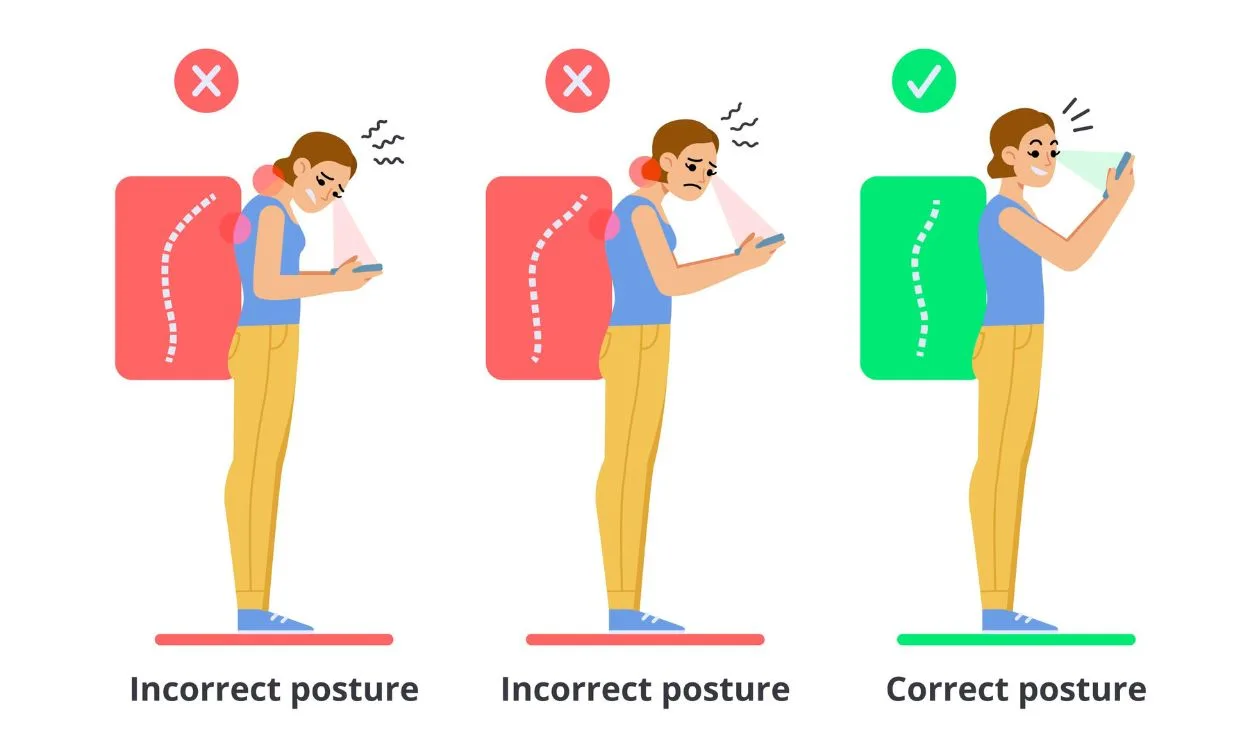What are the Different Types of Back Pain?
Introduction
Back pain is a common health issue that affects a significant portion of the population. It can range from a mild discomfort to severe and debilitating pain. Understanding the different types of back pain can help individuals identify and manage their condition more effectively. In this article, we will explore the various types of back pain and their causes, symptoms, and treatment options.
1. Acute Back Pain
- Causes: Acute back pain is usually caused by sudden trauma, such as lifting heavy objects, twisting the spine forcefully, or experiencing a fall. It can also occur due to muscle strains, ligament sprains, or herniated discs.
- Symptoms: Acute back pain is characterized by a sudden onset of pain that can be sharp, stabbing, or throbbing. It may be localized in the lower back or radiate down to the buttocks or legs. Individuals may also experience muscle stiffness, limited range of motion, and difficulty in performing daily activities.
- Treatment: Treatment options for acute back pain include rest, over-the-counter pain medications, applying ice or heat to the affected area, and gentle stretching exercises. In severe cases, medical intervention, such as physical therapy or surgery, may be necessary.
2. Chronic Back Pain
- Causes: Chronic back pain is defined as persistent pain that lasts for more than three months. It can result from underlying medical conditions, such as arthritis, degenerative disc disease, spinal stenosis, or fibromyalgia. It can also be caused by poor posture, obesity, or ongoing stress on the spine.
- Symptoms: Chronic back pain is often described as a dull ache or stiffness in the back. The pain may come and go or be constant. Individuals may also experience muscle spasms, fatigue, and difficulty in sleeping.
- Treatment: Managing chronic back pain usually involves a combination of treatments, including physical therapy, pain medications, hot/cold therapy, and lifestyle modifications such as maintaining a healthy weight and practicing good posture. In some cases, alternative therapies like acupuncture or chiropractic care may be beneficial.
3. Sciatica
- Causes: Sciatica refers to pain that radiates along the sciatic nerve, which runs from the lower back down the legs. It is commonly caused by a herniated disc, bone spur, or narrowing of the spine (spinal stenosis) that compresses the nerve.
- Symptoms: Sciatica is characterized by sharp, shooting pain that starts in the lower back and travels down the leg. Individuals may also experience tingling, numbness, or weakness in the affected leg or foot.
- Treatment: Treatment for sciatica may include pain medications, physical therapy exercises that target the affected area, and epidural steroid injections to reduce inflammation. In severe cases, surgery might be necessary to alleviate the pressure on the nerve.
4. Muscular Back Pain
- Causes: Muscular back pain is typically caused by strained or overworked muscles in the back. It can result from poor posture, repetitive motions, muscle imbalances, or sudden movements.
- Symptoms: Muscular back pain is often characterized by localized pain, tenderness, and muscle stiffness. The pain may worsen with movement or certain activities.
- Treatment: Treating muscular back pain involves rest, applying ice or heat to the affected area, gentle stretching exercises, and over-the-counter pain relievers. In some cases, massage therapy or physical therapy may be beneficial to relax and strengthen the muscles.
Conclusion
Back pain can significantly impact an individual’s quality of life, but understanding the different types of back pain can help in its management. It is crucial to identify the cause of the pain and seek appropriate treatment. While this article provides an overview of the various types of back pain, it is always advisable to consult a healthcare professional for an accurate diagnosis and personalized treatment plan.
Interested in managing your back pain and achieving your health and fitness goals? Download the Fitpaa app today!









